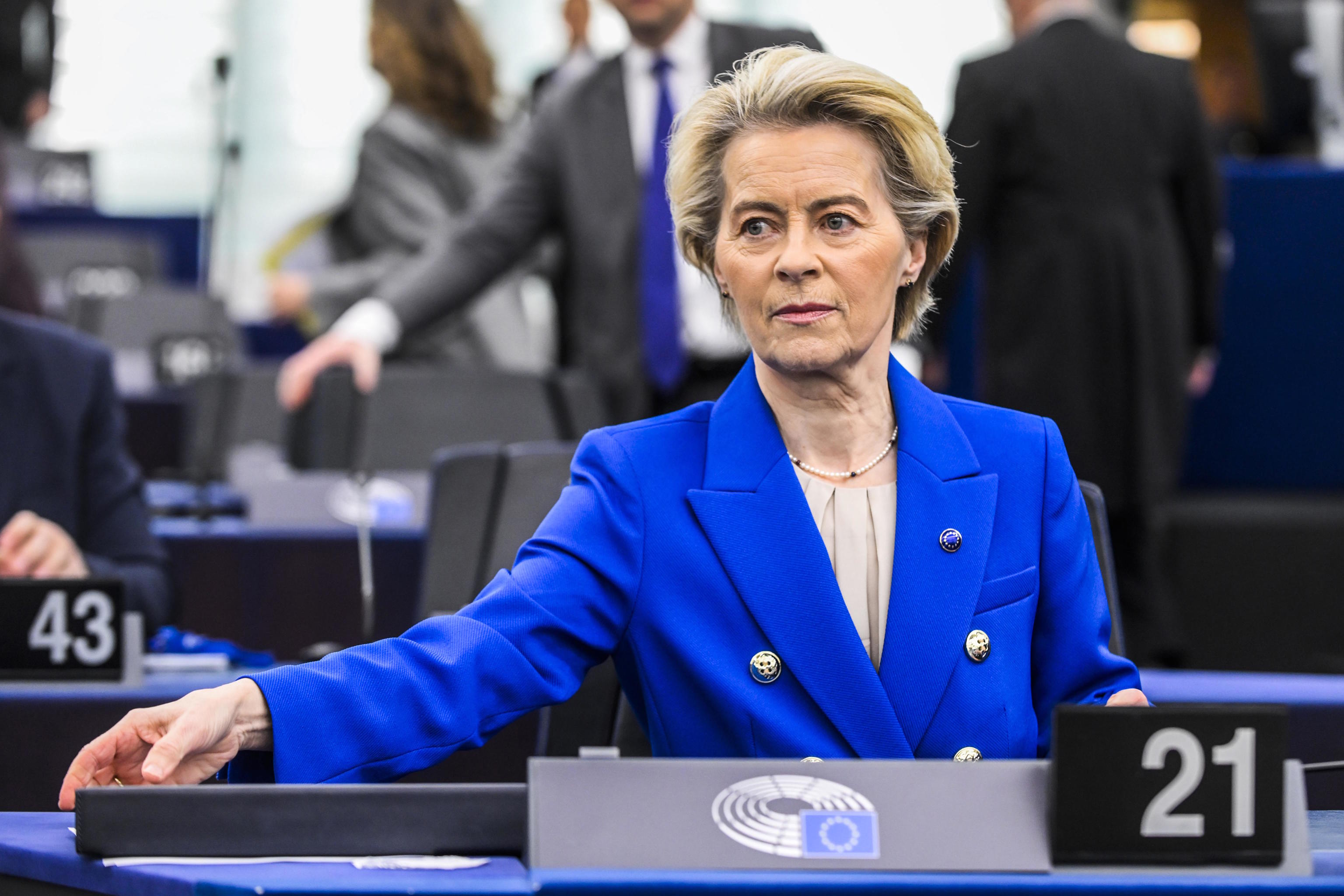The European Union has publicly released its Crisis Preparedness Strategy this Wednesday, which can range from major environmental disasters to a war situation, and in that document includes a survival kit that Europeans must have ready to be self-sufficient for 72 hours.
"Water, canned or freeze-dried food, lighting materials, medications, identity documents, or a long-wave radio", are some of the elements that, as detailed by the Commissioner for Preparedness, Crisis Management, and Equality, Hadja Lahbib, must be included in that kit and will be discussed with the member states for final definition.
The Belgian commissioner also detailed that the EU's recommendation is inspired by Sweden's manual for crisis or wartime situations, a document that just a few months ago the Nordic country reissued and distributed among the population. Because, as stated by the Civil Defense Minister of this nation, Carl-Oskar Bohlin, the country's authorities believe that "there could be a war" on Swedish territory.
In a video posted on her social networks, Lahbib also mentions aspects such as the mobile phone charger, an external battery, and cash. "In the middle of a crisis, cash is king and your credit card may just be a piece of plastic," she pointed out. And even during the question and answer session at the press conference where the document was presented, the Commissioner for Preparedness, Crisis Management, and Equality joked that one should have "everything needed to cook some spaghetti puttanesca: pasta, tomatoes, and olives".
But the warning is very serious, and although during the initial presentation, which was made by the Vice President for People, Skills, and Preparedness, Roxana Minzatu, the discourse avoided focusing on the possible aggression from Russia, much of the background of the document is about that. Of course, it also aims to be prepared for, for example, situations like the Valencia dana. It is a clear case. But what was pointed out about Sweden is very significant, and also the fact that Lahbib directly mentioned Ukraine and used this country as an example.
"They are at the forefront of creativity. In Ukraine, there are applications that allow you to see what is approaching in the sky, whether it is a drone or a missile, whether it is enough to hide under a table or if you need to go directly to a shelter," said the Belgian commissioner.
Furthermore, the document is based on the proposal made in October by the former President of Finland, Sauli Ninistö, who presented his particular Draghi report focused on crisis and war situations and also proposed different recruitment and military service models.
And to all this, it must be added that in the presentation text of the work, it is pointed out that Europe must be prepared "for large-scale and cross-sectoral incidents and crises, including the possibility of an armed aggression affecting one or more Member States."
"Russia's aggression against Ukraine, the increasing geopolitical tensions, state-sponsored hybrid and cyber attacks, sabotage targeting critical assets, manipulation and interference of foreign information, and electronic warfare have become a permanent feature of current reality. Faced with this scenario, there is a realistic possibility that Europe's preparedness and resilience against armed aggression will be tested in the near future. This is a wake-up call for Europe," the Commission firmly points out.
